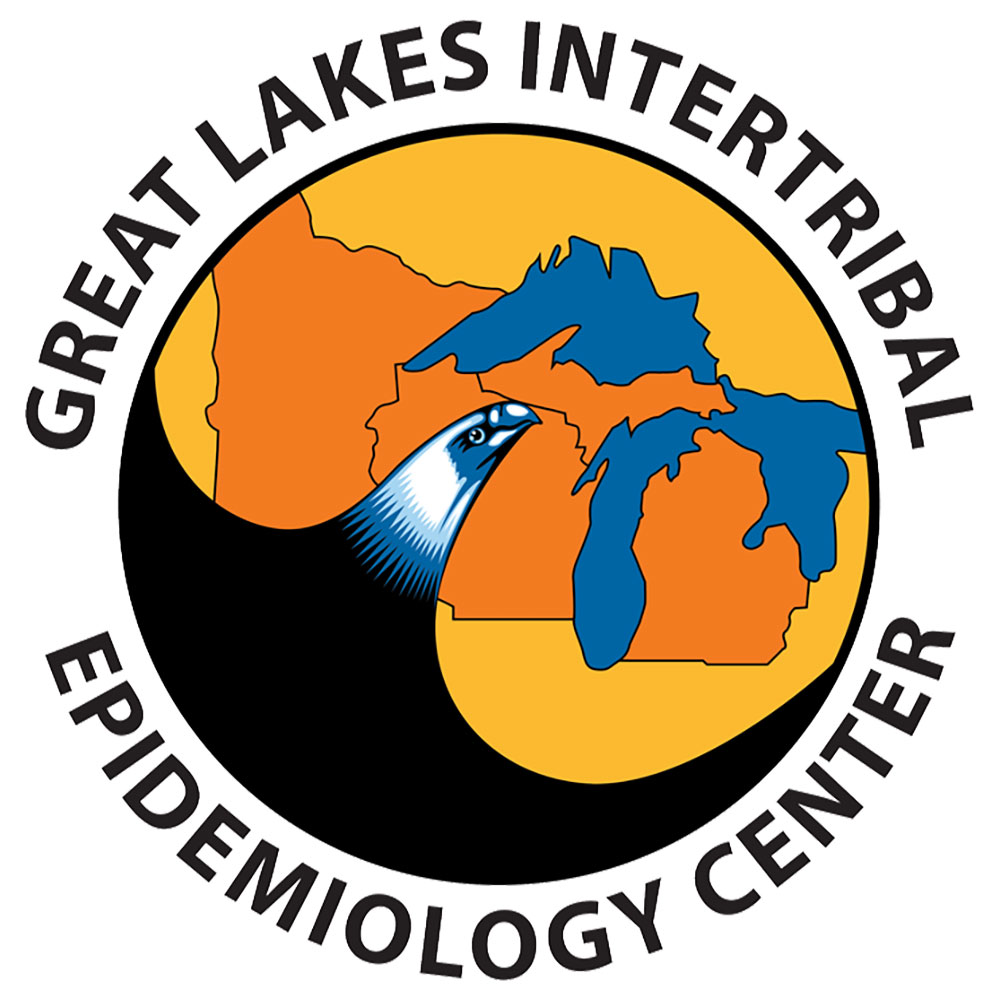
Staff from the Great Lakes Inter-Tribal Epidemiology Center, Northwest Tribal Epidemiology Center, Albuquerque Area Southwest Tribal Epidemiology Center, Centers for Disease Control and Prevention (CDC), State of Oregon and New Mexico Environmental Public Health Tracking met in New Mexico for the national Tribal Environmental Health Tracking kick-off.
Environmental problems and related adverse health outcomes pose significant problems throughout Indian Country.
Tribal communities, along with other minority, low-income populations, have suffered disproportionately from environmental hazards left by mining and industry. Epidemiologists face barriers gathering data on environment and health in American Indian communities, as data are rarely shared across sectors within or among Tribal communities and may be kept in incompatible formats. National and state surveillance systems data tend to be based on state or county boundaries, and racial classification is often inadequate.
The Great Lakes Inter-Tribal Epidemiology Center (GLITEC) is steering an effort funded by the CDC to bridge those gaps. In 2016, GLITEC kicked off a national Environmental Health Tracking project with sub-awardees Albuquerque Area Southwest Tribal Epidemiology Center (AASTEC) and Northwest Tribal Epidemiology Center (NWTEC). AASTEC and NWTEC are modeling GLITEC’s 2014 pilot project—by forging an active partnership with at least one Tribe and building relationships with state tracking programs. The project will explore environmental priorities, identify health outcomes of greatest concern for each community, and discover if any environmental or health inquiries could be addressed through state tracking data.
The AASTEC and NWTEC projects build on GLITEC’s experience with the Bemidji Area Environmental Health Tracking Program pilot project that began in summer of 2014.
- Assess ongoing environmental monitoring taking place at the Tribal level
- Develop environmental priorities
- Identify health outcomes of greatest concern for each community.
The pilot project forged connections between Tribes, an urban Indian community, the TEC, and state tracking programs that would not have been made otherwise.


